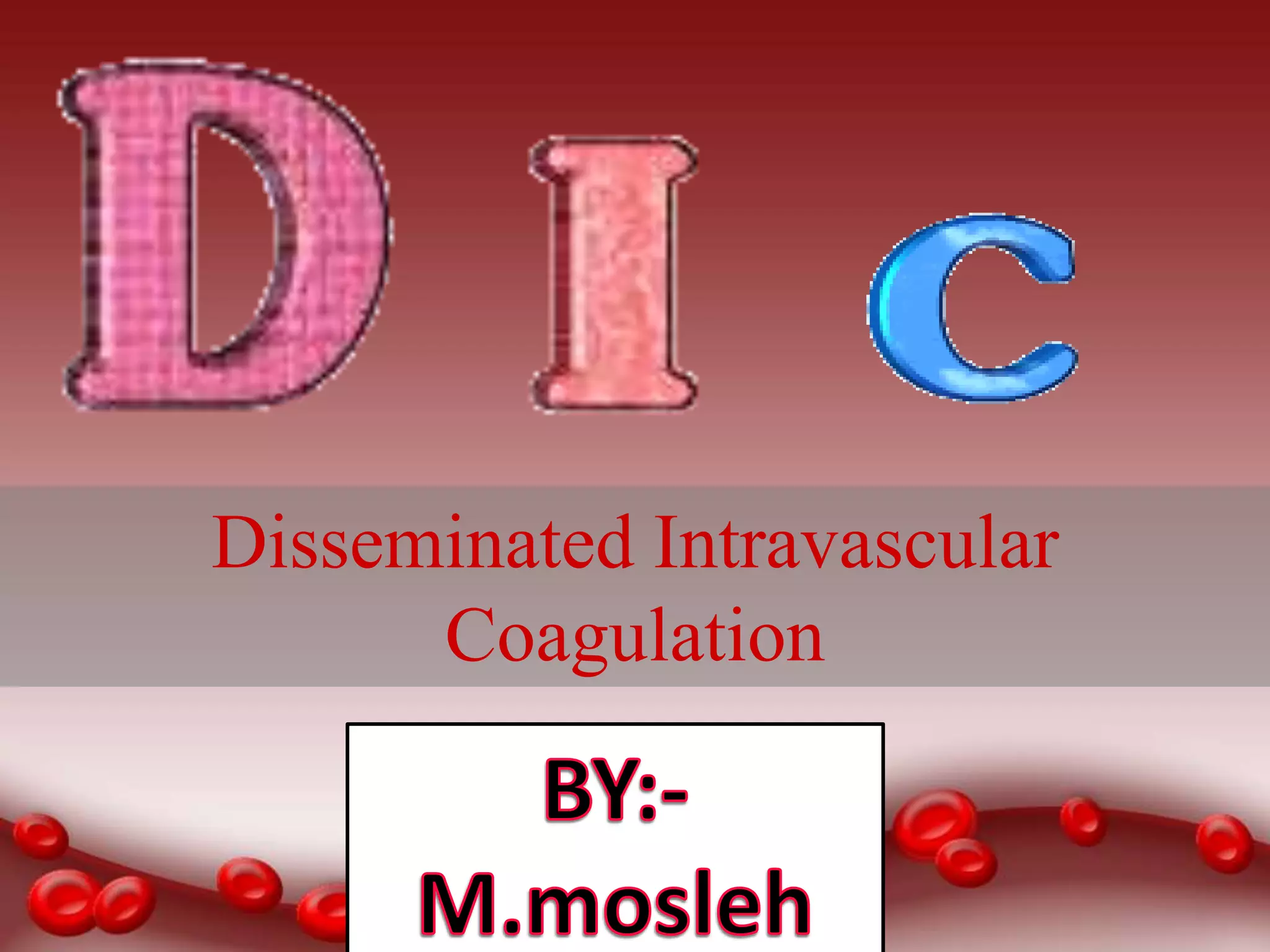1. The man with multiple fractures shows signs of disseminated intravascular coagulation (DIC) including diffuse bleeding, prolonged prothrombin time and partial thromboplastin time, low platelet count, and positive D-dimer.
2. The postpartum woman experienced heavy bleeding after delivery of a stillborn fetus. Her symptoms progressed to include hypotension, tachycardia, ecchymosis, and laboratory findings consistent with DIC such as low platelet count and prolonged clotting times.
3. Both patients presented with clinical signs and laboratory abnormalities indicative of DIC, a coagulopathy that can develop as a complication of trauma, infection, cancer, or obstetric complications



























